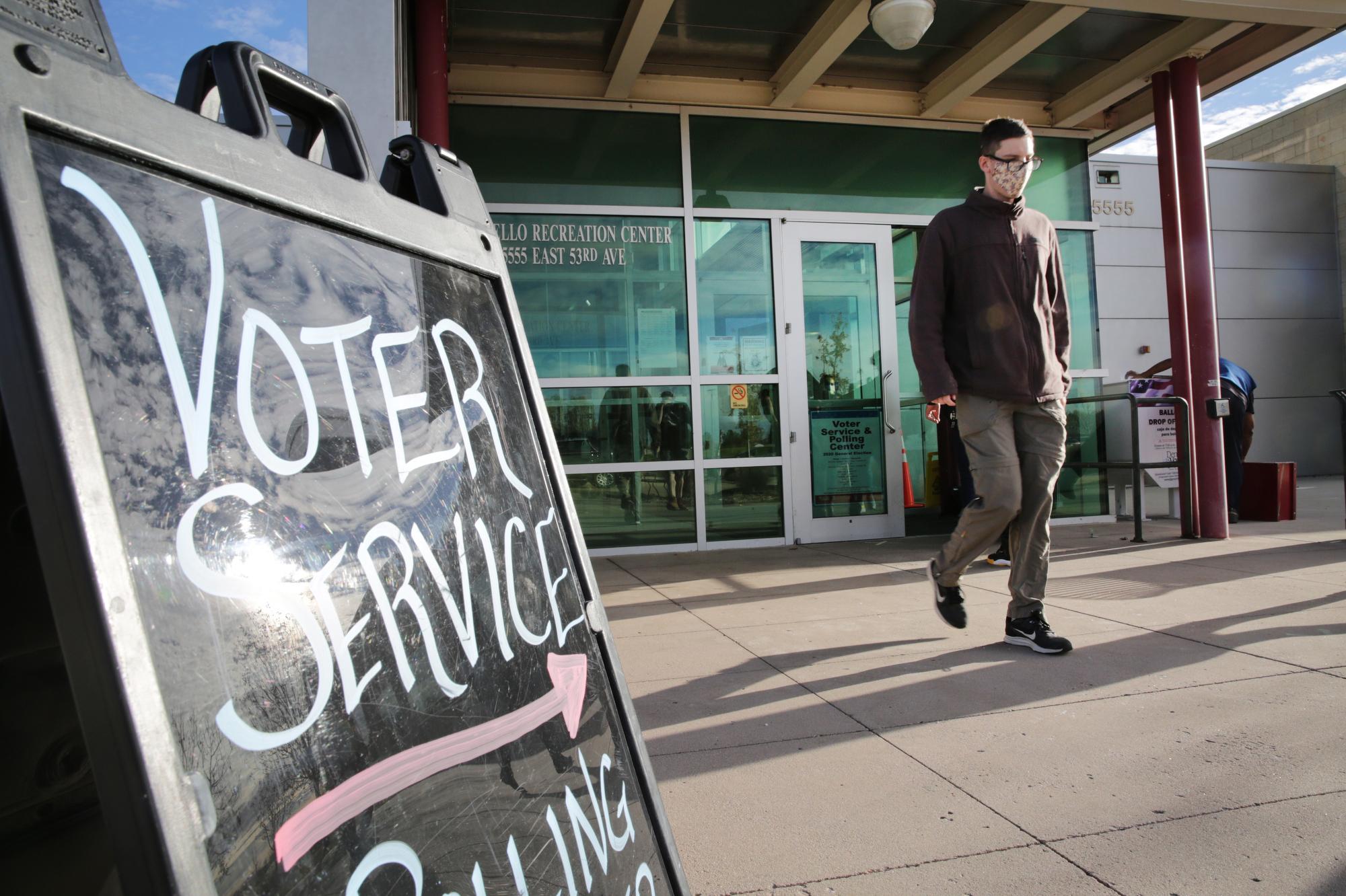
Colorado’s rapid growth over the last decade has culminated in one big payoff: another seat in the U.S. House of Representatives.
The addition of an eighth seat to Colorado’s congressional map significantly raises the stakes for the state’s redistricting process. Right now, Colorado is represented by three Republicans and four Democrats. Both parties will surely be angling for an edge as the new district is drawn and existing boundaries are tweaked.
But Colorado is debuting a new redistricting process this year that voters approved in 2016. A politically balanced redistricting commission will draw new district maps with the hope it will short circuit partisan efforts to game the system.
Here’s how the four-step process will work.
Step 1: Drafting the map
State employees who will draw a preliminary map of the eight districts for the commission to work from. The districts have to be:
- equal in population, as much as possible;
- completely contiguous;
- conform with the federal Voting Rights Act of 1965;
- preserve whole communities of interest and whole political subdivisions, like counties, cities and towns;
- be as compact in area as possible;
- and maximize the number of politically competitive districts.
District maps can’t be drawn to give an advantage to any sitting member of congress, potential candidates or a political party. New districts also can’t be drawn with the goal of “denying or abridging the right of any citizen to vote on account of that person's race or membership in a language minority group, including diluting the impact of that racial or language minority group's electoral influence.”

Step 2: Public input
The process leaves a lot of room for public input. People will be able to submit their own proposed maps and comments. And the commission will host at least three public hearings in each of the existing congressional districts. The schedule for those meetings hasn’t been released yet.
Meetings will be live streamed and all comments received will be published.
Step 3: Redrawing the maps and voting
After gathering all that feedback, the commission will instruct nonpartisan staff to tweak maps based on public input.
Commissioners will discuss and vote on possible maps. A map needs eight votes, including two from politically unaffiliated members, to be approved.
Step 4: State Supreme Court steps in
The winning map is then submitted to the state supreme court to ensure the commission met all the required criteria.
If the commission can’t get to eight votes on one of their maps, a map drawn by nonpartisan state staff will be submitted for the justices to review and approve.
The final deadline is December 15, 2021. That’s the last date the Supreme Court can certify the maps and send them to the Secretary of State.
Oh, and who’s on the commission?
The 12-member commission is made up of four Republicans, four Democrats and four unaffiliated voters. All of them applied to be on it and were chosen through a long and complex process (so long and complex the state made a handy flow chart for it). At one point in the process, commissioners are actually selected via Bingo balls spun in one of those wire cages.
The commission must include at least one member from each of the seven current congressional districts, and at least one of them must live on the Western Slope. The commission must also, “to the extent possible, reflect Colorado's racial, ethnic, gender, and geographic diversity.”
Commissioners cannot have switched party affiliation or run for federal office in the last five years; worked for a member of congress or a congressional campaign in the past three years; held any elected office or position of party authority in the past three years; or seen more than four seasons of the Bachelor in the past three years.
I made that last one up. You can read biographies of the commission’s dozen members here.
- CPR’s Purplish podcast takes on redistricting: Maps, Data, and Drama Drama Drama
- Will Denver get another congressional district (and other things you might want to know about that Census news)?
- Colorado’s Independent Redistricting Commission Removes Its Chairman For Posts On Election Rigging And Coronavirus
CPR’s coverage of Colorado’s congressional delegation focuses on accountability and on providing information constituents need to live their lives. Read more about our priorities here.









